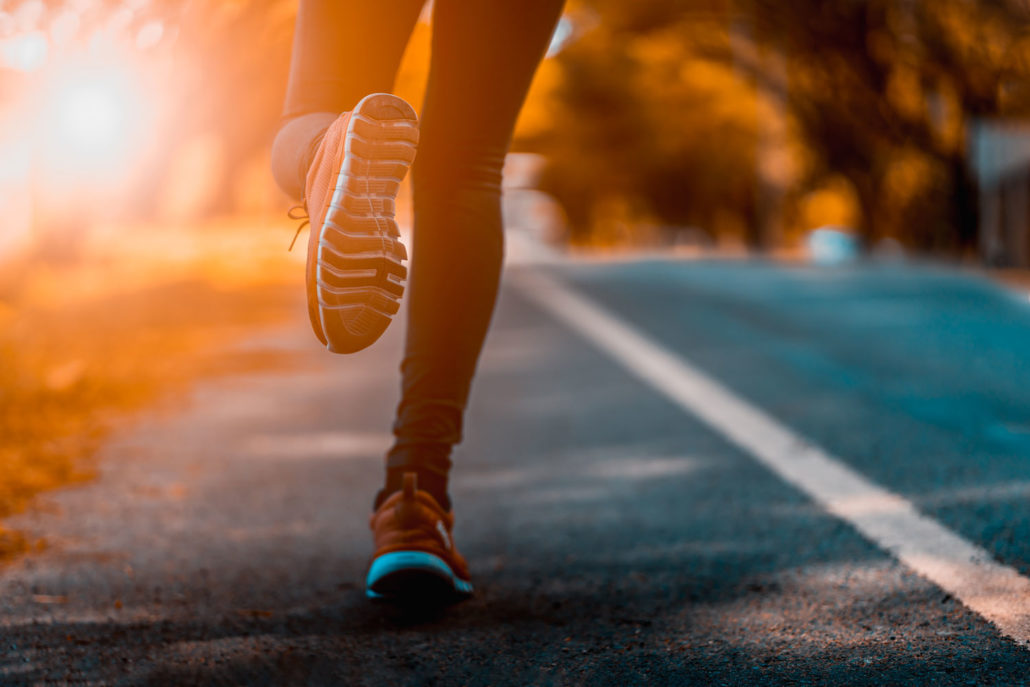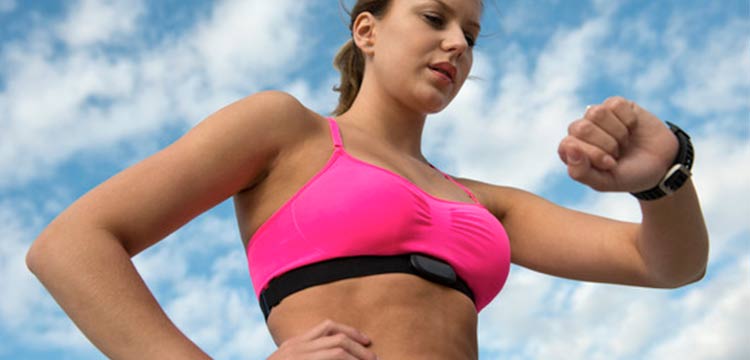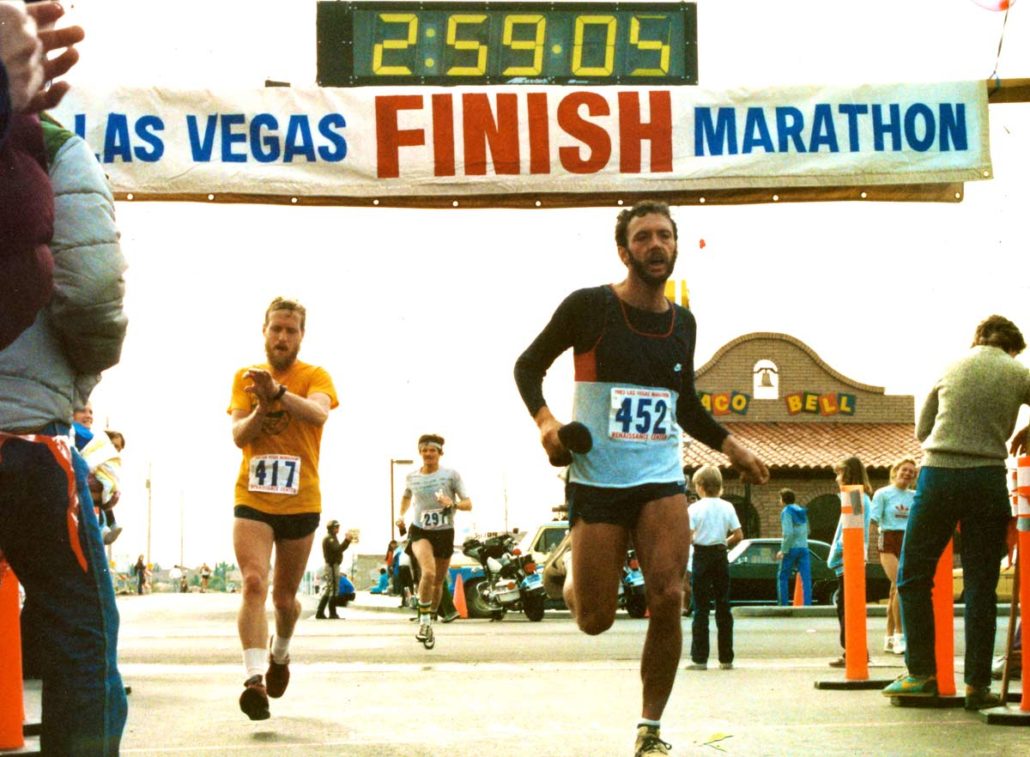Cooling strategies for the marathon: Hype or Real?

Podcast: Play in new window | Download
We have talked a lot about adjusting workouts due to heat and humidity for quite some length, but what about strategies to cool ourselves before or during workouts so that we don’t have to adjust our paces? I wanted to explore this a little bit more as I thought about people attempting last-chance qualifiers in early September and even those racing into the middle of October. I mean, I have run the Chicago Marathon wearing gloves and a beanie in 34 degrees and I’ve slogged through it at 80 degrees. That early fall weather can be hit or miss.
I had thought about the ice vest, and even own one, but never really considered it. However, recently I came across an article from the Sports Performance Bulletin that looked at head cooling. This article mentions different methods like an ice vest, along with cold fluid ingestion, mouth rinse, palm cooling, and neck cooling, which you can probably deduce really is focusing on tricking the brain that you are cooler. After a brief mention of these, the article shifted focus to head cooling, which I found to be really interesting.
Head cooling has been looked at using a spray bottle, with some decent results. However, it’s not really practical. Low and behold, there are actually running caps that hold about 300 grams of ice. The study in here looked at a company called “Iced Cap” and I know from an Amazon search that Nathan also makes one. The thought in looking at this is that having the cooling effect right next to the brain would have a greater impact on the central nervous system.
The gist of what was done was those triathletes were tested doing a sub max run of 10 minutes and a 5k time trial afterward. They did this with a cooling cap and without, as well as, did the tests on two different days. Their forehead temperature was measured, times, and then thermal discomfort was measured. They did these tests on a treadmill with an ambient temperature of 90 degrees.
What they found was probably not a big surprise. Forehead temperatures were lower throughout the tests. Also, times were, overall, faster when wearing the cap. Lastly, thermal discomfort was lower throughout. However, by the 5th kilometer, the difference was negligible. This makes me wonder if it was simply because the runners were nearing the end of a 5k and putting themselves in a hurt locker. Or, was it because they really were losing the effects of the cooling hat? That got me searching for some other info available and came across an article in the Journal of Strength and Conditioning Research. It looked at wearing a cooling vest for 30 minutes during a warmup and then performing a 10 km time trial. Statistically, there was no significant difference in performance between groups. What also stood out to me was that heart rate responses were similar and while core temperature was definitely lower in the vest group before the start of the time trial, there was minimal, if any difference by the end of the 10k time trial.
Looking at these two different articles, it becomes clear to me that from a practical standpoint, there’s not a lot of benefit to these cooling mechanisms for the marathon. The longer the race, the less effect you will see. So, for a 5k, there’s a good chance you can see some performance improvement, but by the time you get to the 10k, the benefits are pretty much lost. Extrapolate that out to the marathon and it’s probably a washout scenario.
I was really hoping to have better news, but it just doesn’t seem like there’s a strong benefit with anything with pre-cooling and attempts at cooling through cold fluids that will help with anything past 25 minutes, or so. It would be interesting to see if you could take one of the caps and test the theory with new loads of ice every 20-25 minutes, but again, how practical is that going to be? Now, don’t get me wrong, if you are at a race and they hand out cold towels or little baggies of ice, heck yes I am taking them. I’d put a towel around my neck, I’d put a baggie of ice in my shorts, ( or women in my sports bra), and I’d tuck it under my cap. Whatever it takes! However, this would be short-lasting and maybe just make us feel a little better, but maybe that’s enough to keep persevering.
At the end of the day, your best bet is to get acclimated the best you can and have a decent idea of what you can tolerate on a warm race day. Adjust your mindset to compete and not necessarily be focused on a certain time. The thing that stinks about that is that a lot of times the reason we are doing a September marathon is to get that BQ or give ourselves a little more cushion before registration. I think if that’s where you are at, then you have some decisions to make- do you stay in it and push for what you can, or do you pull back and maybe save your fitness for another later date? That’s a tough call, and to be honest, most of the people I coach would probably opt to just rock it and let the chips fall where they may.
Do you enjoy our content? Want more? Join the Run Club and get access to all of our training plans, private coaching forums, and exclusive content!




